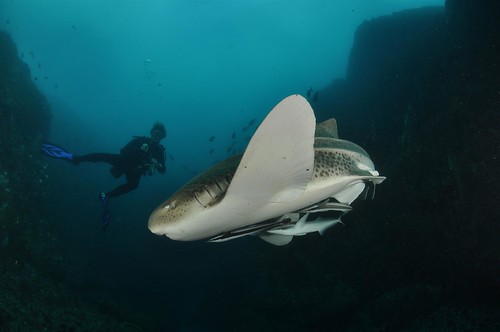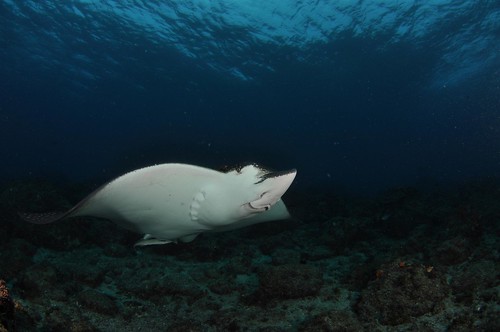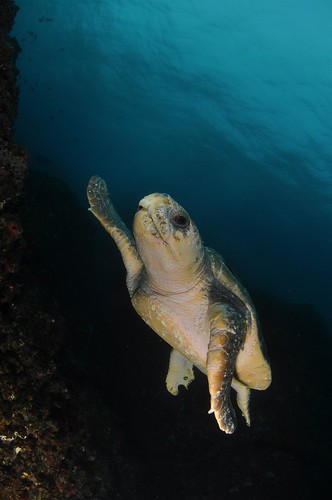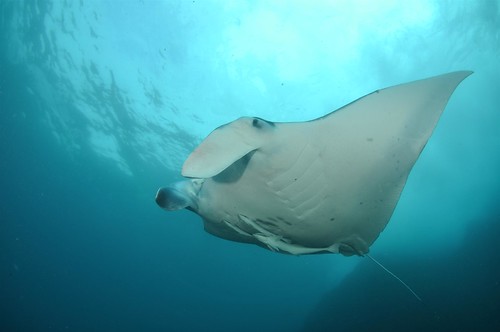redstrom
Contributor
Greetings,
I'm very new to photography (been shooting with a d90 for three months) and an u/w photography wannabee, so please bear with me...
What is the difference between a fish-eye lens and an ultra-wide rectilinear lens, and are both used under water?
I'm curious as why cityscapes shot with a fisheye look really curvy on the edges while you don't seem to notice it under water. Is it a matter of staying away from straight lines, keeping the subject in the middle of the lens?
Ignoring macro lenses, would you typically use a wide angle lens u/w, or can you use the "out-of-the-box" 18-105mm lens to shoot corrals and smaller reef fish ?
Thx / Rik
I'm very new to photography (been shooting with a d90 for three months) and an u/w photography wannabee, so please bear with me...
What is the difference between a fish-eye lens and an ultra-wide rectilinear lens, and are both used under water?
I'm curious as why cityscapes shot with a fisheye look really curvy on the edges while you don't seem to notice it under water. Is it a matter of staying away from straight lines, keeping the subject in the middle of the lens?
Ignoring macro lenses, would you typically use a wide angle lens u/w, or can you use the "out-of-the-box" 18-105mm lens to shoot corrals and smaller reef fish ?
Thx / Rik










